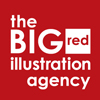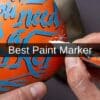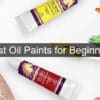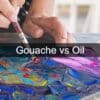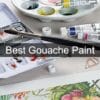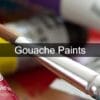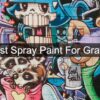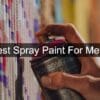How to Use Pastels on Paper

Soft pastels can be super easy to use and provide artists with the ability to create amazing artwork. If you’re looking to create art with tools other than paintbrushes, pens, and pencils, a soft pastel set may be just what you’re looking for.
This post takes you through the various steps involved with using soft pastels on paper to achieve the best results in pastel art.
Preparation for Soft Pastel Painting
Before you get started with how to use pastels on paper, there are some preparation steps involved for a pastel drawing.
Firstly, make sure that you have a large flat drawing surface available, such as a table.
If you don’t already have some, buy some graphite pencils for drawing the outlines.
When you’re looking for pastel pencils, any multipack that’s available from an arts and crafts store will work well. The basic soft pastel sets include a range of colors for you to get started.
You can also buy pastel paper from craft stores. The benefit of this paper is that it’s thicker than regular paper. The surface is textured which makes it more suitable for pastel sticks.
You may also want to consider buying pastel paper in different colors so that you can be more creative when it comes to drawing.
Lastly, you’ll want to buy an aerosol fixative. This works to seal the soft pastels to the paper to prevent smudging.
Drawing With Soft Pastels On Paper
It’s common for people to struggle initially when using soft pastels on paper for the first time. It may take a little time to get used to it, especially if you’ve never used pastel colors before. Here are some soft pastel techniques that you can implement into your pastel drawing.
- Start by drawing a simple outline using a graphite pencil.
- Use your lighter color pastels first. You can gradually add layers and make sections darker.
- Fill out the sketch by holding the pastels at an angle so that the sides of them are coming into contact with the paper.
- It’s best to keep a paper towel handy to wipe away the excess pastel dust. You can also use the paper towels to blend pastel colors together and create texture and soft edges.
- You can also experiment with blending between two colors by using your fingers to gently smudge them together.
- When it comes to oil pastel drawings, artists tend to start with darker colors first before adding lighter colors.
- Once you’ve completed a section of your soft pastel drawings, you may want to consider spraying the aerosol fixative to ensure that your current work gets properly sealed to the page.
- You can continue adding details and colors to the drawing once the fixative has dried.
- It’s best to apply the fixative outdoors or in a well-ventilated space.
- Make sure to use a big sweeping motion across the paper to ensure that you spray an even and light coat.
- The fixative can take up to 24 hours to dry. It’s best to let it dry outside or in a breathable space.
Also read: How to keep Oil Pastels From Smearing
Conclusion
After reading through our post on soft pastel drawing, we hope that you’re feeling more confident about the process.
It can be difficult getting used to using pastels in the beginning. However, the more you practice, the better your skills will become.
FAQs
What’s the best pastel medium?
Pastel papers that are textured are best for both hard pastels and soft pastels.
Affiliate Disclosure
In compliance with the FTC guidelines, please assume the following about all links, posts, photos and other material on this website: Any/all of the links on this website are affiliate links of which The Big Red Illustration Agency receives a small commission from sales of certain items, but the price is the same for you. www.bigredillustrationagency.com is a participant in the Amazon Services LLC Associates Program, an affiliate advertising program designed to provide a means for sites to earn advertising fees by advertising and linking to Amazon.com & Amazon.co.uk. Pages on this site may include links to Amazon and its affiliate sites on which the owner of this website will make a referral commission.
FULL TERMS HERE Cookie preferences: cookie preferences
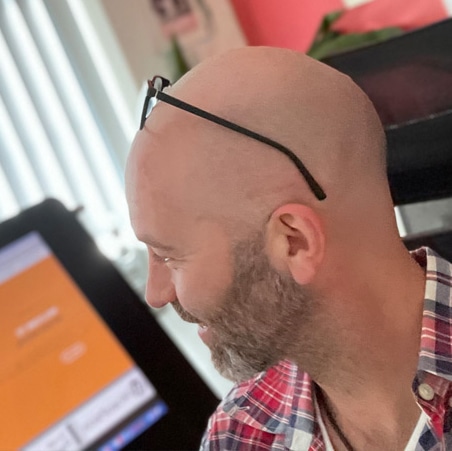
Written By Adam Rushton
Adam has made a name for himself in the illustration industry and is a passionate blogger and writer on the subject of art, illustration and graphic design.
His artwork has been featured in countless publications and used for very well-known media projects. As a professional illustrator for over 20 years, Adams media outlets, a wealth of knowledge, and experience enable him to consult and advise artists and illustrators in this country (from York and Manchester to Southampton and London) and all over the world.
